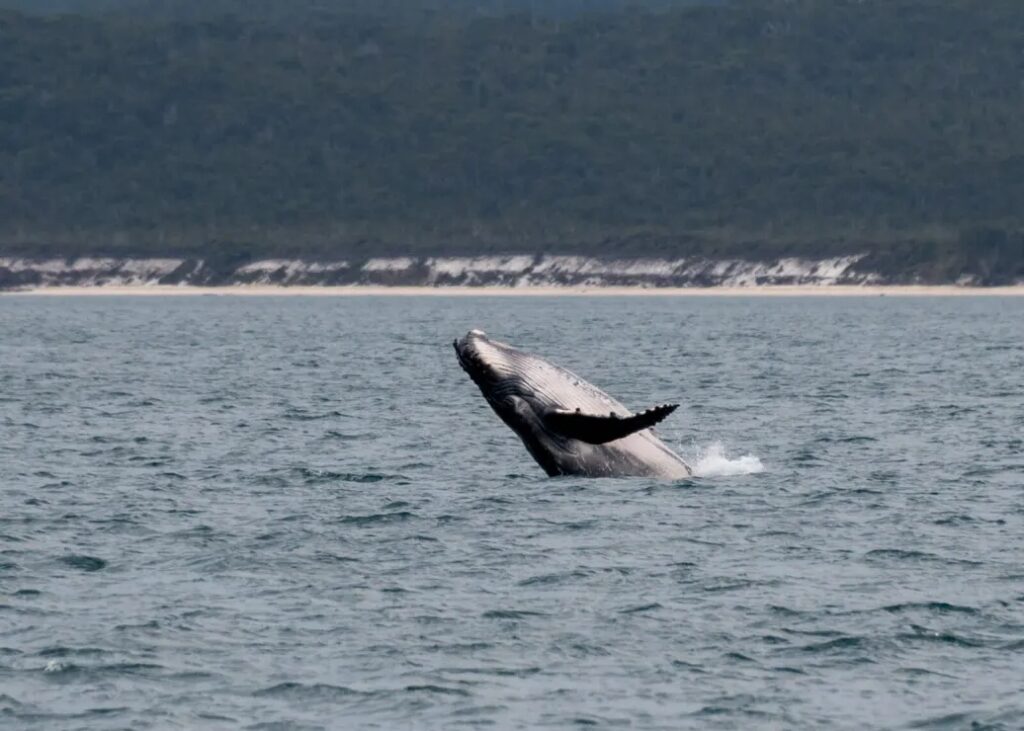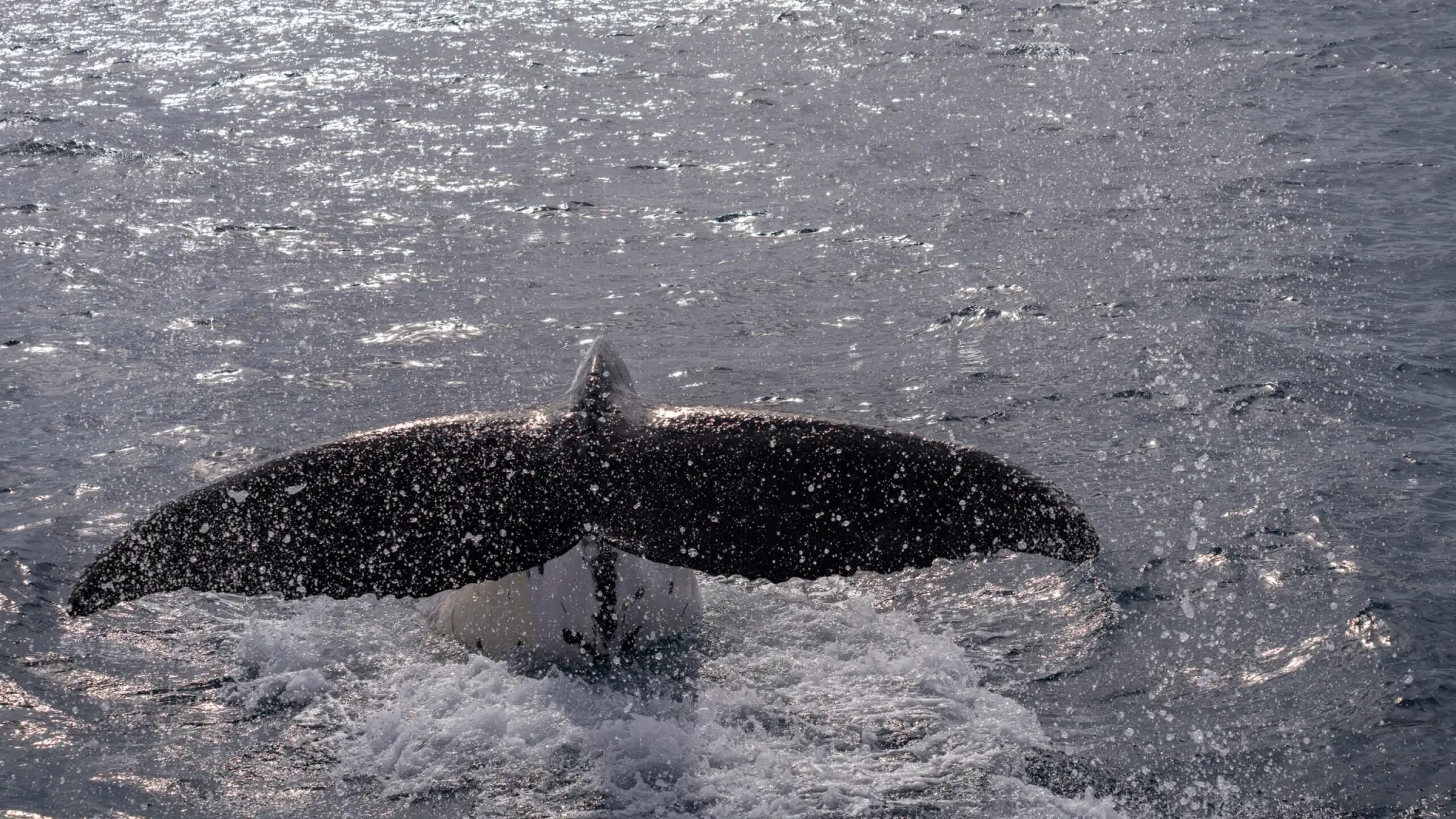Whale watching and photographing its majestic beauty has long been at the top of my bucket list. So I couldn’t pass up an opportunity like that provided during my recent journey to Hervey Bay in Queensland Australia; an acclaimed haven for whale enthusiasts.
As I previously stated, whale watching has long been one of my dream activities and couldn’t pass up the opportunity during my recent trip to Hervey Bay – known as a whale watcher’s paradise. Here, it offers the thrill and awe-inspiring sight of these majestic creatures up close! As this was my first experience whale-watching in Hervey Bay I conducted some research which may prove useful – this post will discuss what you should expect, where to go, when to plan your trip and how best enjoy whale-watching cruise in Hervey Bay!
Although this article focuses on Queensland Humpback whales, its message could easily apply to other whale species across different geographic locations. No doubt it would work effectively in many situations!

Before embarking on your whale-watching experience in Hervey Bay, it’s essential that you have an idea of what awaits. Hervey Bay is world renowned for its annual migration of humpback whales from Antarctica into Queensland’s warm waters for breeding and caving purposes – it makes for an extraordinary whale-watching expedition!
Humpback Whales: Humpback whales are undoubtedly the stars of the show. Growing to 16 meters in length and known for their graceful swimming techniques and antics such as breaching and tail slapping displays.
Hervey Bay’s Marine Life: While humpback whales may steal the show, Hervey Bay offers an abundance of other aquatic creatures too! Keep an eye out for dolphins, turtles, seabirds and dugongs (though I unfortunately did not spot any myself).
Educational Experience: Whale-watching tours in Hervey Bay often provide an educational component to their tours, with knowledgeable guides providing insights into whale behavior, migration patterns and conservation efforts.

Timing is of the utmost importance when planning a whale-watching adventure in Hervey Bay.
Whale season in Hervey Bay typically lasts from mid-July through to late October, when thousands of humpback whales migrate through, providing an incredible spectacle to witness.
Early whales tend to be younger, eager ‘bucks’ that love playing and showing off with tail slapping and breaching. While impressive, these smaller whales may actually represent smaller adolescent populations.
Mother and calf pairs are fascinating to observe; their interactions tend not to be particularly energetic; however, male pilot whales or accompanying males can display bravado if another male comes close by showing off or making eye contact.
Last but certainly not least are older whales. Although not as energetic, catching an older whale breaching is certainly impressive when timed correctly.
Weather Considerations
Although whale season runs during Australia’s winter months, Hervey Bay offers mild and pleasant conditions throughout. To be on the safe side, layer up with clothes as mornings can often be cool; but as soon as the sun shines it usually warms things up throughout the day. Also windy areas need jackets.
How to maximize your whale-watching cruise Its In order to ensure a rewarding whale-watching cruise experience, I suggest following these tips:
Book in Advance.
Whale-watching tours in Hervey Bay are popular, so it is wise to book in advance, especially if planning on visiting during peak season. While last-minute cruises may still be available during nonpeak times, booking them early ensures an unforgettable experience!
Choose Your Tour Wisely
Whale-watching tours come in all shapes and sizes – from small boats to larger vessels – so when it comes time to select the appropriate one for you, think carefully about your preferences and budget before selecting your tour. My suggestion would be a catamaran with between 25-40 people as these often provide better service, less crowding onboard, and allow more room on deck so you can view everything going on around you more clearly.
Pack Essentials.
In order to have an enjoyable and safe experience at sea, make sure you bring essential items like sunscreen, a hat, sunglasses, your camera gear (more on that shortly), comfortable clothing and sturdy shoes. Don’t forget motion sickness medicine in case seasickness becomes an issue!
Be Patient. Whale-watching requires patience. Though the sightings can be incredible, their arrival can often be unpredictable. Be prepared to spend several hours on the water, with many predictably unpredictable sightings happening between 4 o’clock [or similar] sightings. There may be telltale signs that indicate whale approaching such as bubbles and blows or tail prints which make an appearance; soon everyone becomes whale watch duty and regular shouts will soon be heard of whales at 2 o’clock [or similar].
Respect wildlife. Adhere to ethical guidelines when approaching whales and other marine life, maintaining a safe distance so as not to disrupt their natural behavior and following instructions of knowledgeable guides.
Enjoy the moment. Don’t forget to enjoy each moment as well; witnessing a whale breaching or pod of dolphins playing can be truly inspiring and moving; take some time out from shooting photos and simply soak it all up – as much as your camera might capture the experience, make sure you take time for just enjoying being there yourself!

What Gear to Bring My top question when planning my whale cruise experience was what gear to bring along. Although whales can come close, zoom lenses tend to work best. That being said, sometimes whales do come quite near under the boat so I brought along two cameras; one equipped with a Tamron 70-300mm lens and another 28-70mm. Although I rarely used both lenses; they stayed safely tucked in their hold compartment.
My Sony A7RV was very fast with its 70-300mm autofocus lens and animal tracking enabled. To manage any movements caused by boat movement and whales swimming quickly by me and the length of lens being used as well as speed. Although I attempted using a circular polarizing lens (CPL) for underwater shooting purposes but this wasn’t really working in this instance.

Whale watching in Hervey Bay, Australia is an unforgettable experience that will create lifelong memories. To get the most from this trip, it is best to gain more information regarding what to expect, where and when to go; how best to plan the journey; and make the most out of whale-watching cruise. With this knowledge in hand, you can embark upon this incredible voyage fully prepared!
Launch your boat onto the waters of Hervey Bay and be prepared to be amazed at the majestic and graceful presence of humpback whales in their natural environment.
Thank you to FREEDOM III for an incredible day at sea. While I might not have captured anything worthy of National Geographic, my taste for photography has certainly grown and I look forward to trying again – with promising first results already produced by FREEDOM III!
